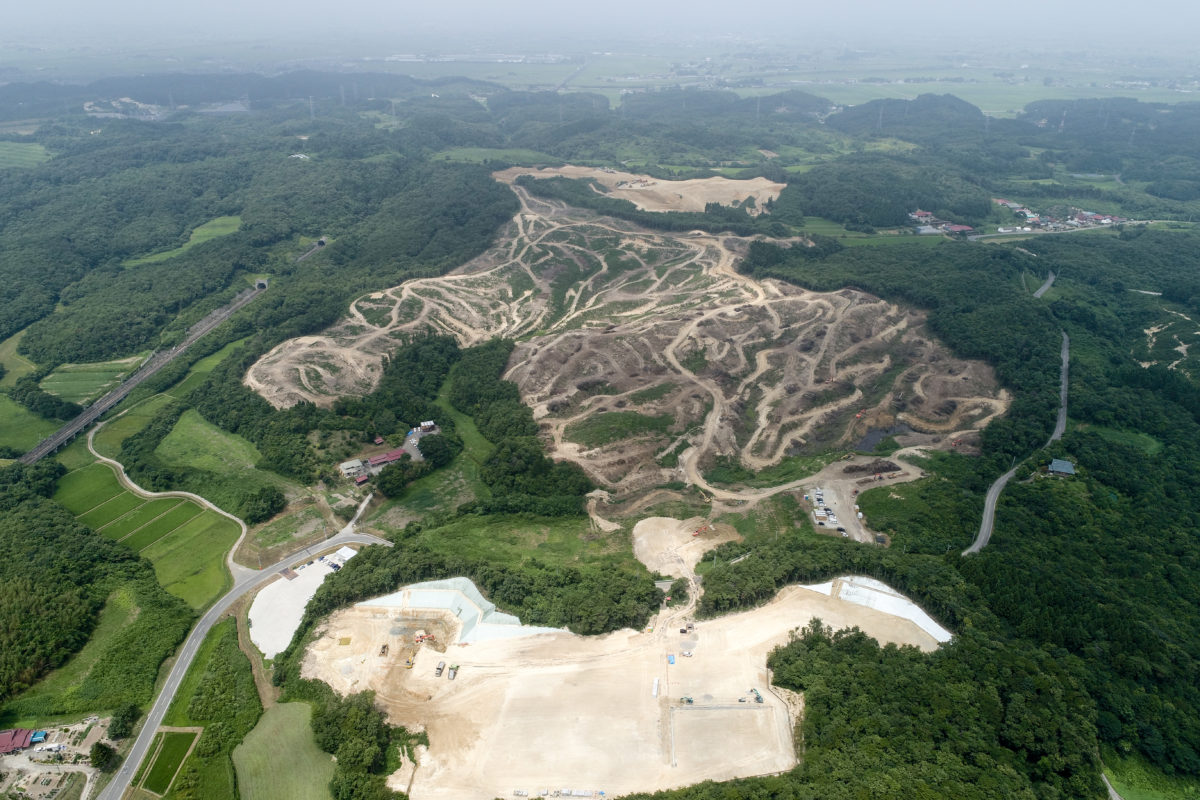According to two separate announcements made by Pacifico Energy and Trina Solar, construction on three new utility-scale plants is set to commence in Japan.
The 112 MW(DC) Bizen solar park in Wake, Okayama Prefecture and the 72 MW(DC) Yumesaki solar park in Himeji, Hyogo Prefecture will be built by Pacifico Energy.
According to the Tokyo-based company, operations on the Bizen plant are scheduled to start in spring 2020, with the generated electricity sold to regional utility, Chugoku Electric Power Co., Inc.
Meanwhile, construction on the 72 MW Yumesaki plant, located on the site of a golf course in Himeji-city, is expected to be completed by Fall of the same year. The generated electricity here will be sold to regional utility, Kansai Electric Power Co., Inc.
Trina has said its 29 MW solar plant will be located in Kurokawa District in the north-eastern Miyagi Prefecture. The Chinese PV company is working together with Thailand’s Banpu Power Public Company Limited to bring the plant online by next summer. Regional utility, Tohoku Electric Power Co. will buy the generated electricity.
Japan's solar market
In an interview with pv magazine in July, Izumi Kaizuka, Principal Analyst and Direct of Research Division at RTS Corporation, said that the current FIT for solar PV in Japan is set at US$0.16/kWh.
Despite a very unpopular tender round in January, and a number of project cancellations, the Japanese solar market should still experience some 6-7 GW of new installations in 2018, she added.
The Ministry of Economy, Trade and Industry (METI) has revoked FIT approvals for 260,000 solar projects, totalling 14.6 GW of capacity, out of 84.5 GW of projects that had been approved under Japan’s old FIT scheme, said RTS Corp. in its latest monthly report.
However, the Tokyo-based PV consulting firm estimated that about 30 GW of PV capacity approved for development under the old program is still waiting to be commissioned.
Indeed, Pacifico touts that it has already finished installation of more than 200 MW in Japan, and is currently constructing more than 300 MW. These inlcude sites of considerable size in Osaki, Miyagi, and in Miyazaki totaling 227.4 MW(DC), already in operation, and sites to be commissioned shortly, including a 257 MW(DC) solar power generation plant in Okayama, where construction commenced in April 2017.
RTS acknowledged that projects approved under Japan’s old FIT program will comprise an unspecified portion of the capacity added in 2018. But it also said that the “recovery” of Japan’s residential solar market will account for a significant amount of this year’s installations, largely on the back of rising storage battery deployment and the growing importance of zero-energy home (ZEH) solutions.
Kaizuka added that despite the unpopular tender round, Japan is considered a low-risk country from an investment perspective, which continues to stimulate the market and attracts investors to develop solar PV sites further.
This content is protected by copyright and may not be reused. If you want to cooperate with us and would like to reuse some of our content, please contact: editors@pv-magazine.com.




By submitting this form you agree to pv magazine using your data for the purposes of publishing your comment.
Your personal data will only be disclosed or otherwise transmitted to third parties for the purposes of spam filtering or if this is necessary for technical maintenance of the website. Any other transfer to third parties will not take place unless this is justified on the basis of applicable data protection regulations or if pv magazine is legally obliged to do so.
You may revoke this consent at any time with effect for the future, in which case your personal data will be deleted immediately. Otherwise, your data will be deleted if pv magazine has processed your request or the purpose of data storage is fulfilled.
Further information on data privacy can be found in our Data Protection Policy.